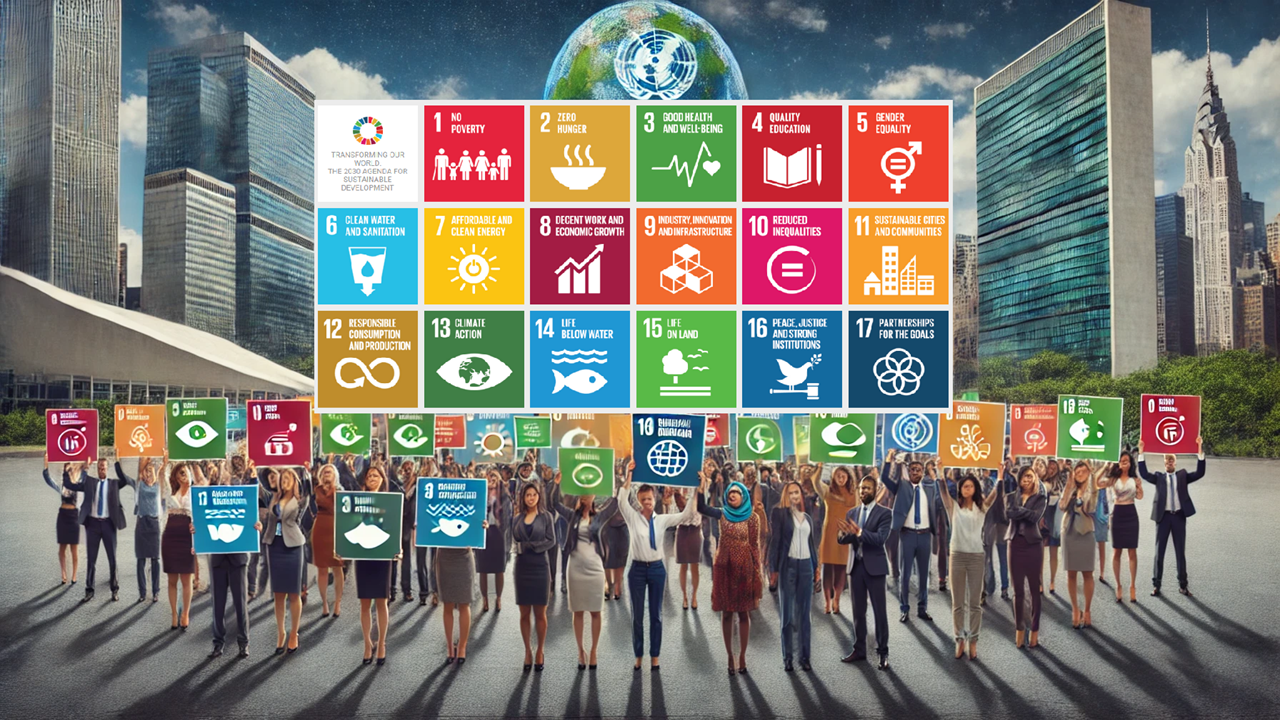UN's 500 Billion Dollar SDG Stimulus to Save Agenda 2030
The United Nations has launched the SDG Stimulus to address the urgent need for financing and investment to achieve the Sustainable Development Goals (SDGs) by 2030. This comprehensive plan aims to scale up financing to at least $500 billion annually to tackle debt distress, boost affordable and long-term development financing, and expand contingency financing for developing countries.

The world is at a critical juncture. Multiple crises have severely restricted the ability of many developing countries to invest in sustainable development and climate action. Alarmingly, only 15% of the Sustainable Development Goals (SDGs) are on track to be achieved by the 2030 milestone. Recognizing the urgency of the situation, the United Nations has introduced the SDG Stimulus, a plan to scale up financing and investment for the SDGs to at least $500 billion per year.
The Current State of SDGs
The 2023 Sustainable Development Goals Report paints a grim picture: more than half of the world is being left behind. The numbers are staggering: 724 million people live in extreme poverty, 300 million lack basic literacy skills, 2 billion workers are in informal jobs, 2.5 billion people lack access to drinking water, 3.1 billion live in slums, and 600 million face hunger. Without decisive action, the world risks failing to meet the SDGs by 2030. The Paris Agreement’s threshold commitment of 1.5°C is also at risk, underscoring the urgent need for intervention.
Tackling the High Cost of Debt
Debt distress is a major hurdle for many developing countries, where interest payments often exceed spending on essential services like education and health. The SDG Stimulus outlines several measures to address this issue, including developing an improved multilateral debt relief initiative, incentivizing or enforcing private creditors' participation in debt restructuring, implementing debt-for-SDG or climate swaps, conducting independent reviews and evaluations of debt initiatives, establishing a permanent mechanism to address sovereign debt distress, promoting the use of state-contingent debt instruments, improving debt sustainability assessments, and providing immediate debt suspension and relief to countries in financial distress. These measures aim to mobilize resources for SDGs and climate action, ensuring equitable treatment between private and official creditors in debt relief.
Scaling Up Affordable and Long-term Financing
Official Development Assistance (ODA) is far below its target, with a significant gap between committed and disbursed amounts. To address this, the SDG Stimulus proposes strengthening Multilateral Development Banks (MDBs), improving MDBs' lending terms, establishing a network of public development banks, meeting ODA commitments, combining public and private finance for public aims, and increasing MDB capacity by $260 billion through stronger capital bases and leveraging balance sheets. These initiatives aim to maximize concessional resources available to developing countries and leverage bilateral and multilateral resources to catalyze private investment for the SDGs.
Expanding Contingency Financing
Special Drawing Rights (SDRs) have not been effectively channeled to where they are most needed, with least-developed countries receiving only 3% of the allocation. The SDG Stimulus proposes issuing new SDRs, exploring mechanisms for automatic SDR issuance during crises, reducing the cost of multilateral support, exploring innovative mechanisms to increase global liquidity, creating regional mechanisms to increase liquidity, and providing developing countries with additional liquidity. These measures are designed to improve emergency financing, ensuring that resources are available swiftly in times of global shocks.
Conclusion
The Sustainable Development Goals are on life support across the developing world. The SDG Stimulus is a comprehensive plan to address the urgent need for increased financing and investment in sustainable development. By tackling debt distress, scaling up affordable financing, and expanding contingency financing, the plan aims to put the world back on track to achieve the SDGs by 2030.
- READ MORE ON:
- SDG Stimulus
- Sustainable Development Goals
- UN
- debt relief
- financing
- development
- FIRST PUBLISHED IN:
- Devdiscourse
ALSO READ
Ludvig Aberg Shines at U.S. Open with Stellar Second Round Performance
Tragic Encounter: Farmer Trampled by Wild Elephant in Sathyamangalam
Sports Stunners: Andreescu's Triumph, Aberg's Lead, and More!
First UAE Blood Donation Forum launches its activities in Abu Dhabi
Sizzling Capital: Delhi Scorches Under Heatwave










